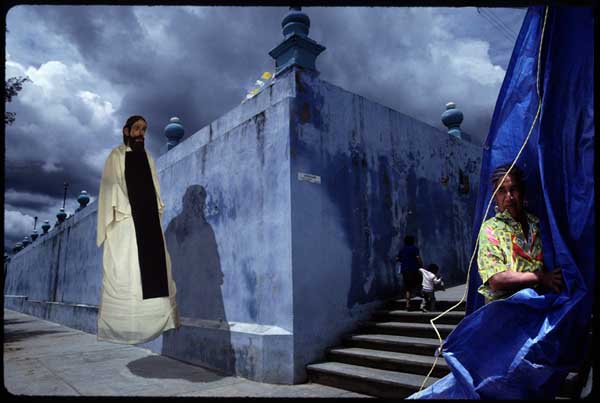The project Heresies is a retrospective of one of the most innovative artists of the world, comprising five decades of photographic work. The exhibition ?Heresies: a retrospective by Pedro Meyer? will open simultaneously in nearly 60 museums around the world in October, 2008, and it will be a major breakthrough in the way photographic work is exhibited.
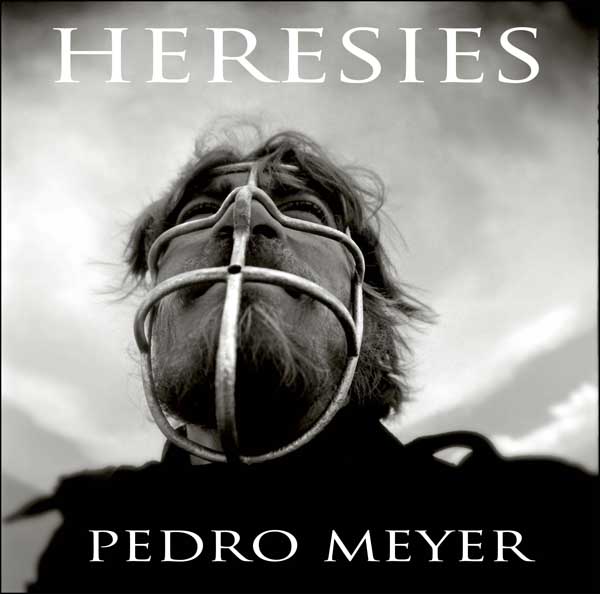
Mexican photographer Pedro Meyer is recognized widely both for his provocative and powerful images and his pioneering work of in the digital imaging era. The photographs of Meyer consistently question the limits between truth, fiction and reality. With the advent of digital technologies at the early 90’s, Meyer evolved from a documentary photographer, who created what is known as “direct images”, to a digital documentary maker, who combines elements of different photographs to arrive to a higher or different truth. His famous statement that every photograph, either digitally manipulated or not, is both truth and fiction, has earned him being called a ?Heretic? in the orthodox world of documentary photography. Hence the origin of the title, ?Heresies: a retrospective by Pedro Meyer?. Amongst the personal contributions of Meyer to the development of digital photography we should underscore: the creation of the first CD-ROM that combined images with sound, the first digital printings in the world, in 1994; and more recently, the creation of the photographic forum zonezero.com, the most visited photography website -content-wise-in the Internet.
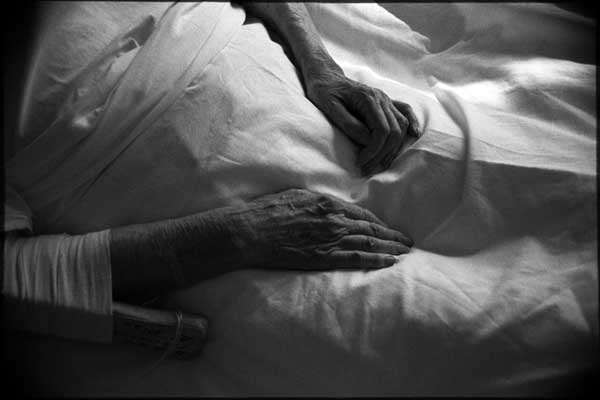
My Mother Would Have a Brain Hemorrage. Place: Mexico City, Mexico. Original: 1987. Technique: 35mm b/w negative.
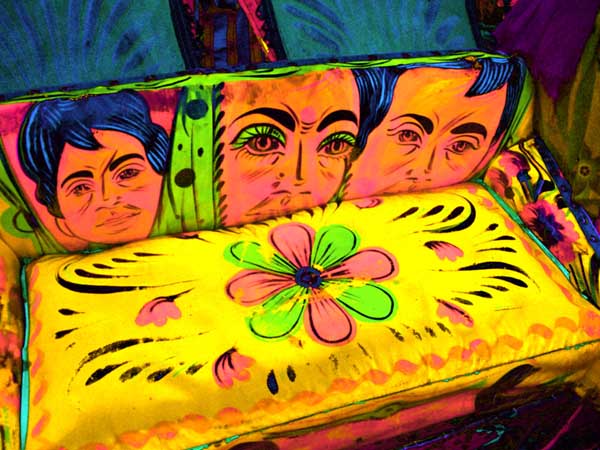
Rickshaw Art. Place: Dhaka, Bangladesh. Original: 2004. Technique: Original digital file.
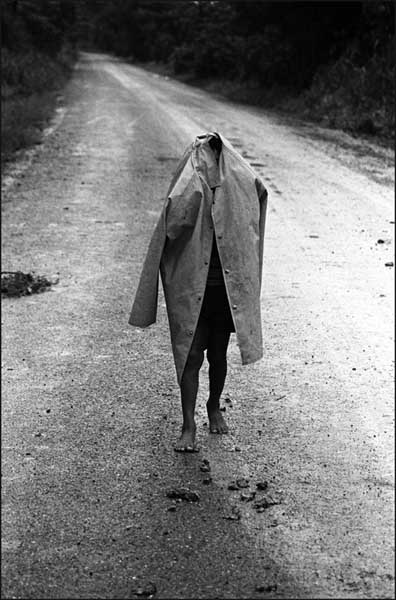
The Raincoat. Place: Frontera, Tabasco, Mexico. Original: 1987. Technique: 35mm b/w negative.

The Temptation of the Angel. Place: Magdalena Jaltepec, Oaxaca, Mexico. Original: 1991. Last version: 1991. Technique: 35mm color transparencies | Digitally modified image.
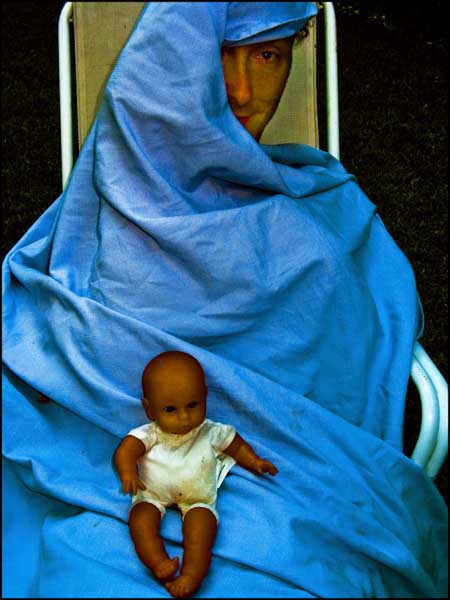
Emmanuel Lubezki. Place: Los Angeles, California, USA. Original: 2002. Last version: 2002. Technique: Original digital file | Digitally modified image.
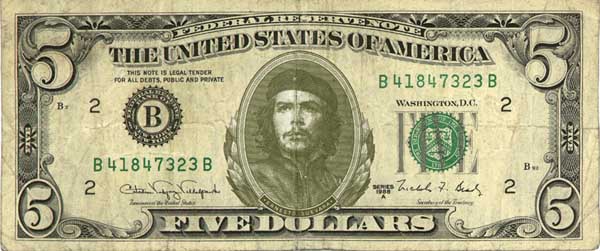
Five Dollars with Che. Place: Los Angeles, California, USA. Original: 1999. Technique: Original scanned document.
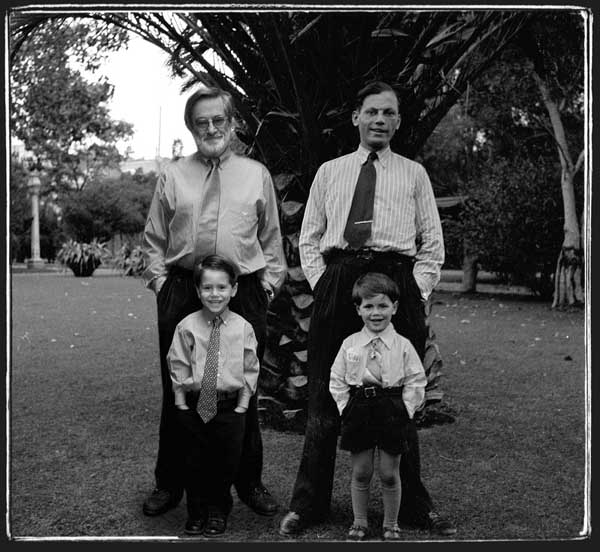
The Meyers. Place: Mexico City, Mexico. Original: 1940. Last version: 2000. Technique: 6x6cm b/w negative & original digital file | Digitally modified image
Not only that, Pedro Meyer also has been leader, spokesman and chief organizer of the Latin American photographers as a group, thus putting Latin American photography in the world map of the Arts. In Heresies, Meyer applies his extraordinary and visionary capacity by redefining the very concept of photographic exhibition. It makes us question: What is a photographic exhibition nowadays? How will they be in the future?
In an era in which museums suffer from strong economic restrictions and their role as authoritative institutions in the world of the arts is being redefined, the new and heretical paradigm for the photographic exhibition that Meyer presents facilitates:
– The creative collaboration between curators and artists
– A world-wide network of 60 museums participating in the Heresies project
– An innovation in the way photographic research is done as well as the possibility for institutions to enrich their collections
– Stimulating educational programs that attract the attention of the iPod generation.
—————————————————–
Opening Date: 8 October 2008, 5 pm
Exhibition Duration: 8- 20 October 2008 (3-8 pm every day)
——————————————————
All printed on: 310 gsm acid free cotton Hahnem?hle paper
—————————————————-
The journey from Mexico to Bangladesh had not been kind to the print. It had been bent in places and was somewhat ragged at the edges. The strong red was a colour I’ve since learnt to associate with Mexico and the unusual palette was something I later learnt to link with digital prints of that time. The striking image of a fish being cooked was riveting enough to get me to immediately try and straighten the battered print, and get it framed. It was one of the few prints on my wall. But alongside the print was a letter from a man I knew and was fond of, but had never met, or spoken to. It was a hand written note that talked of his excitement at seeing the thermal print emerge from the printer. I could relate it to the same excitement that both he and I had felt when the blacks begin to appear in the developing tray in a darkroom. This was his first print on his new printer, and he had sent it all the way to Bangladesh.
Pedro Meyer was a giant in the photography scene. As we got to know each other from opposite ends of the globe, my curiosity grew. It was 1994. I had a show in the festival in Arles. Pedro was having a much bigger show of his digital prints on canvas. Rahnuma, Ma and I arrived at the gallery, where Pedro was showing his new CD ROM, ‘Truths & Fiction”. Assuming I was Hispanic, Pedro asked if I would like to see the Spanish version of the CD. I smiled and said, “I would love to see a Bangla version.” “Ah” he said. “I must introduce you to my Bangladeshi friend Shahidul Alam. He’s in town.” That was how we finally met. Recovering from his bear hug, once I’d revealed who I was, I settled down in a quiet room to watch “I photograph to remember.” It was one of the most moving storytelling I had ever seen. The fact that it was the first CD to use images and sound, was relevant. But it was the tender and poignant portrayal by a son of his parents’ final days that had moved me to tears. We stayed friends, and went through the gamut of communication. Snail mail, telex, fax, off-line email and Skype, discussing images, sharing stories, arguing finer points on digital technology.
Throughout his long career, this remarkable artist has combined his visual genius with unbridled wit, and a work rate that would tire photographers a fraction of his age. This latest exhibition, yet another global first, is evidence of that untiring drive to innovate. He is a heretic. He says NO. At every stage where you might feel comfortable, he forces you to rethink your firmest beliefs and question your perceptions of truth and fiction.
Shahidul Alam
Miami
29th September 2008

